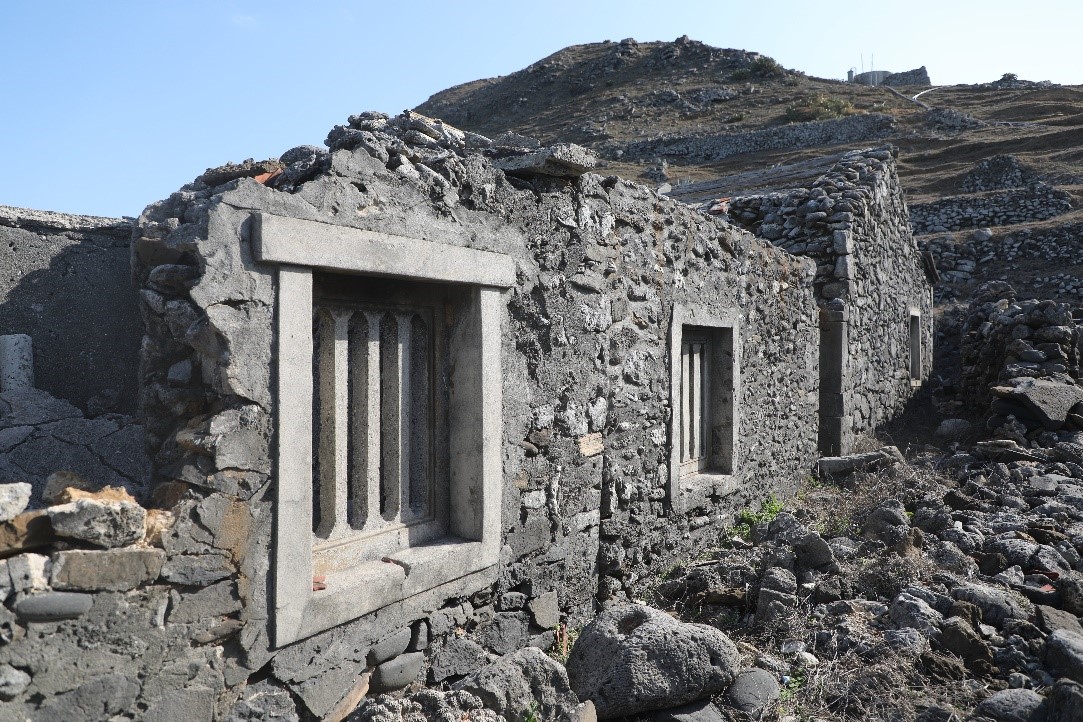Have you ever visited Dongji Island or Dongyuping Island? On these two islands located within the South Penghu Marine National Park, if you explore carefully and meticulously, you will discover a rich and fascinating history intertwined where black and white stones meet. If you are willing to linger because of this, and follow the clues given by the black and white stones, looking towards the sky and the sea, you will experience magnificent natural beauty and touch upon memories of your own future.
If you are not in a hurry and have time to wander around Dongji, remember to stroll through the Dongji settlement. You will find that even the dilapidated past buildings, in the interweaving of black and white stones, reveal the historical splendor that once was. Residents used the basalt, which is the black stone, paired with coral reef rocks from the sea around the islands, known as Lao Gu Shi, which is the white stone, as building materials to construct their homes. Walking out of the settlement and along the trail, you will find yourself following stone walls, also stacked with local stones, towards the back hills. These were built by residents to protect their harvests against the harsh local climate and to aid the growth of their crops. At this time, as you look at this display of resident wisdom on the Dongji trail, don't forget to look up. You will discover that various basalt landforms reveal the island's magnificent and majestic contours.
In the next moment, you can stand at the summit of Dongyuping and look out. Beyond the breathtaking terraced vegetable gardens (cài zhái) surrounded by stone walls, you will find vibrant coral reefs extending energetically outwards from the coast in front of the settlement. That is where residents obtained the white stones. But white stones are more than just white stones. After you touch the rough pores on the white stone, your curiosity will lead you to explore along the texture, and jump into the blue seawater in front of the settlement. What you will see is that before being used to build our houses, the white stones were truly home to various creatures. The coral reefs before your eyes are colorful, with schools of fish swimming through them.
If you have the chance, after the Northeast Monsoon subsides and spring arrives at the South Penghu Marine National Park, come with a leisurely and wandering spirit and immerse yourself in the unique history, geology, and ocean here. I believe what you will feel will not be a hot, restless, and hurried barren island, but rather a whole summer of cool memories.


